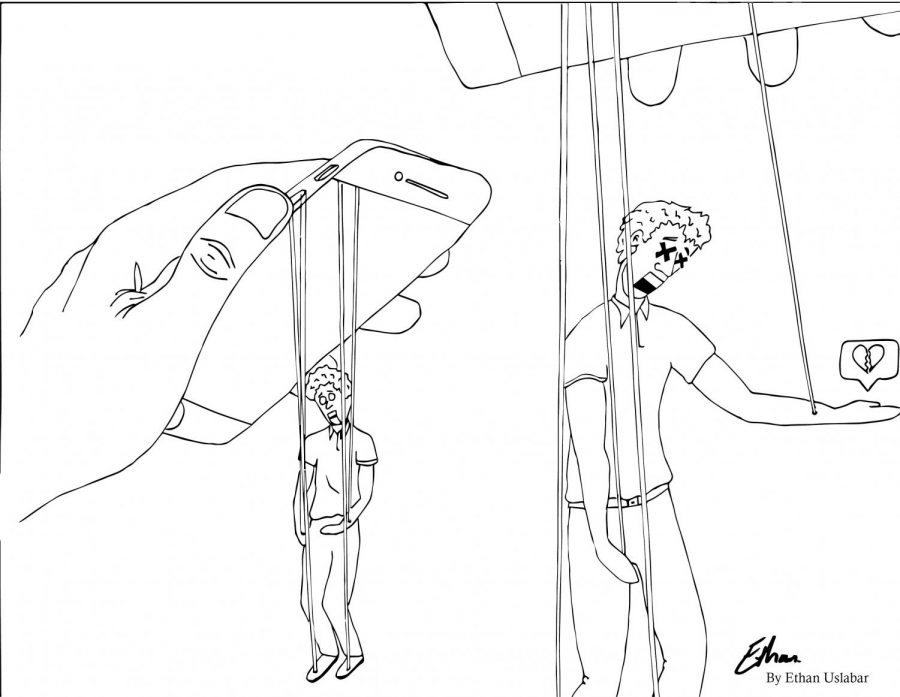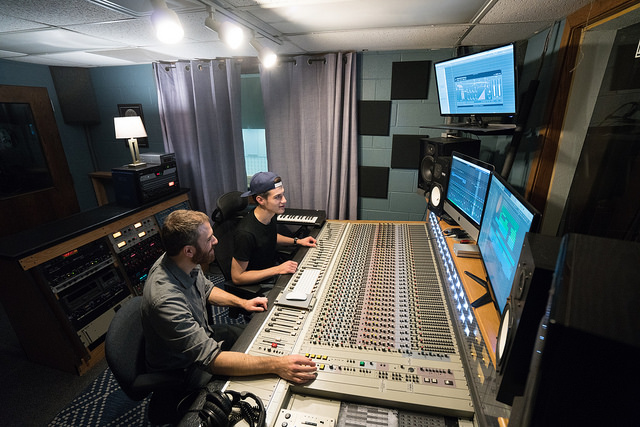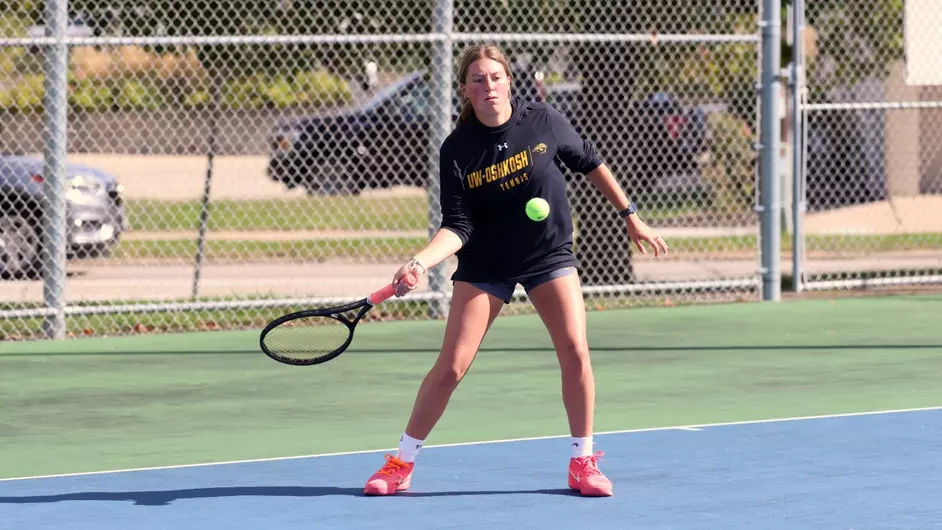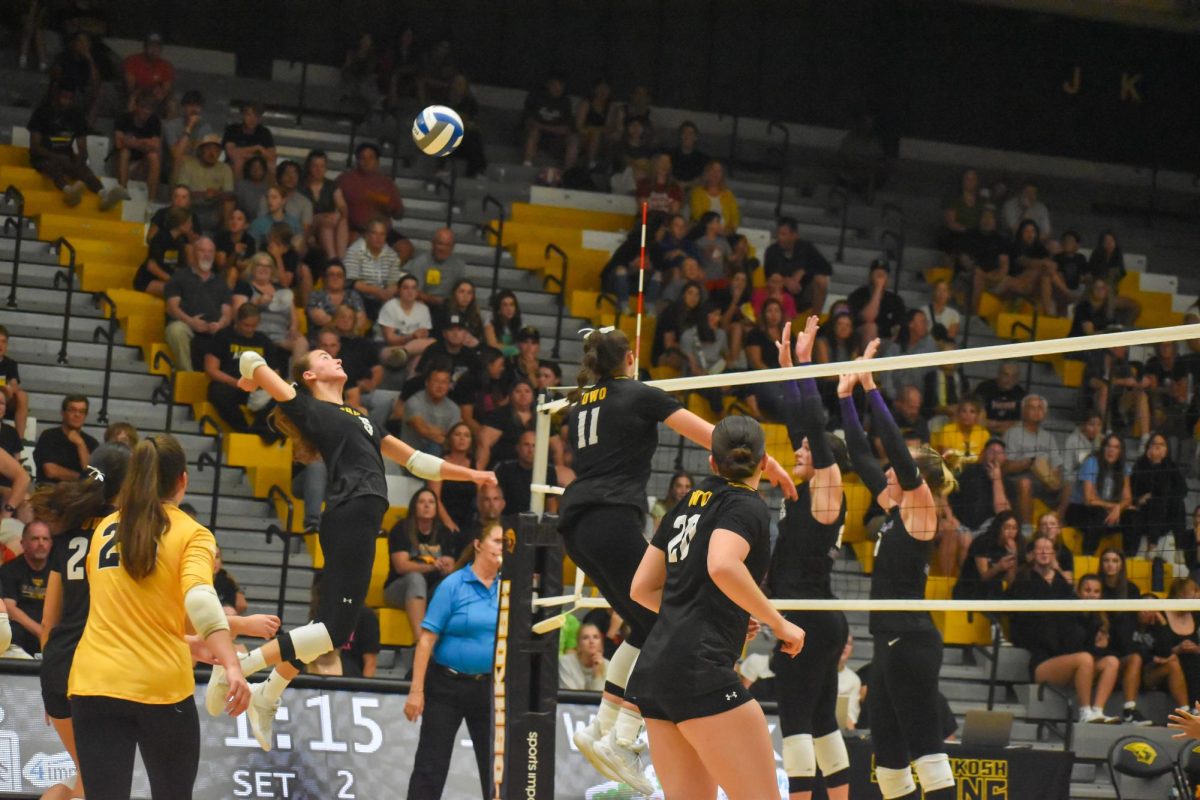Are you really who you say you are on social media?
April 11, 2019
The creation of Facebook in 2004 set the social media world on a fast track to becoming one of the most popular forms of entertainment today.
Social media has changed the way that we communicate and interact as a society. In fact, about 69% of Americans have a social media profile, according to Pew Research Center.
When you consider college students, Pew Research Center says that about 88% of 18- to 29-year-olds use social media.
But some students say social media posts aren’t realistic.
Nursing major Christian Lopez said students exaggerate online.
“I think people try to make things seem a little more glamorous than they might be,” he said.
Criminal justice major Jack Malloy said students are only concerned about followers on social media.
“They believe the more followers they have the better that looks, the more popular you look,” he said.
When it comes to judging people based on social media, it appears things aren’t always what they seem.
In 2019: Pictures lie
Scrolling through an average Facebook timeline or Instagram feed reveals dozens of profile pictures using Snapchat filters with puppy or mouse ears, faces with an unnatural glow or hearts hovering around them. Pictures are so obviously edited that the person might not even be recognizable in real life.
Anthropology major Paris Larson said Snapchat filters aren’t always appropriate.
“There are some filters that distort features or that have other things in the background that may seem unprofessional,” she said.
While some students think these filters make them look more attractive, it almost appears that social media is turning college students into narcissists. Photos are posted for likes by students who are becoming so detached from the real world that they constantly crave attention from social media.
Students have become addicted to the little “ping” of satisfaction from the rush they get when they recieve a new notification.
Some students can’t even wait until class is finished to check their notifications. Often, in classes where technology use is frowned upon, students leave their phones on vibrate so they can check notifications when the professor isn’t looking.
Larson said she regularly sees students checking social media in class.
“One of my good friends just had to take the Facebook app off her phone,” she said. “She can’t get anything done with it on there, which is a problem.”
Lopez said he is one of the students who leaves his phone on vibrate during class.
“I think that social media is a bad habit,” he said.
Malloy agreed.
“It’s definitely something that people get attached to because they have to keep doing it,” he said.
Facebook or Fakebook
What you see on social media may not be real. Many people only make happy posts on Facebook and Instagram. The idea that college students have these amazing lives of travel and adventure and parties and love and happiness are unrealistic and unhealthy.
In 2016, the Official Journal of the Anxiety and Depression Association of America released a study that suggested that there is an association between social media use by young adults and an increase in depression. Larson said she thinks this could be the impact of seeing only picture-perfect, edited versions of people’s lives on Facebook.
Students spend so much time trying to get the perfect Instagram photo that they fail to enjoy the things happening around them.
They put so much effort into creating a fantasy life on social media that they forget to create a life in the real world. Although social media may be a window into real life, it isn’t real life.
A real-life example
Just last month a 26-year-old Oshkosh man shot and killed his 26-year-old girlfriend and then himself in what police called a murder-suicide.
The victim’s Facebook page shows dozens of happy photos of the two, along with their son who was only nine months old at the time of the murder-suicide.
The page includes a photo of the couple with the caption: “I am so blessed to be able to create a family with this man. You’ve absolutely changed my life and i could not be more grateful for you.”
This is a tragic example of how the lives we portray online may actually be quite different than the lives we actually lead.
Social media secrets
Hiding behind a fake internet persona also seems to be an ongoing trend for social media users.
Fake Instagram profiles, commonly called “Finstas,” are accounts that are typically anonymous where users can be their real self.
Sometimes that’s by posting memes, jokes, naughty or provocative things that you wouldn’t want your family and coworkers to see.
“I think it’s a lot more of a surface personality on your real account than on your Finstas,” Lopez said. “Finstas can be more personal, stuff you don’t want everybody to see.”
Malloy said students typically only have their friends follow them on Finstas.
“I see more goofy things that they don’t really care about,” he said.
Some go so far as to use fake names on social media so they can make nasty posts and comments attacking others anonymously.
According to Pew Research Center, over 50% of online harassment victims did not know who their attacker was.
Larson said the prevalence of social media makes online harassment and cyberbullying much worse.
“With online bullying, it can be 24/7. It’s not just when you go to school that you get bullied and you can go home and relax afterword,” she said. “With social media you don’t get that time to be away from it; you can have access to it 24/7.”
Solutions
Social media has become increasingly popular because it allows users to connect and share with others. Aside from its entertainment value, it also allows people to network and meet others with shared interests. And it certainly isn’t going anywhere.
Malloy said students should limit their time on social media. He suggested checking your screen time on Instagram.
“You can see how long you have been on it throughout the day and you’d be surprised,” he said.
Students need to consider the downsides of social media including its impact on mental health. Remember that the lives you see portrayed online are an edited version of the lives that people actually lead.
“I think you have to realize that the stuff that people post tend to be fun things but that’s not what those people are doing all the time necessarily,” Malloy said. “They are only going to post the best posts.”
UWO students need to be real on social media. Employers researching potential applicants on social media are not going to be impressed by candidates’ puppy- or mouse-ear selfies.
Instead of spending your time taking pictures, spend your time enjoying experiences. Instead of sharing your experiences on social media, share experiences with your friends in the real world.
Lopez said students shouldn’t let social media affect them.
“If you take a step back and think, everyone is going through everyday things like you are,” he said. “And it’s those special things that are worth sharing that you see posted on social media.”














